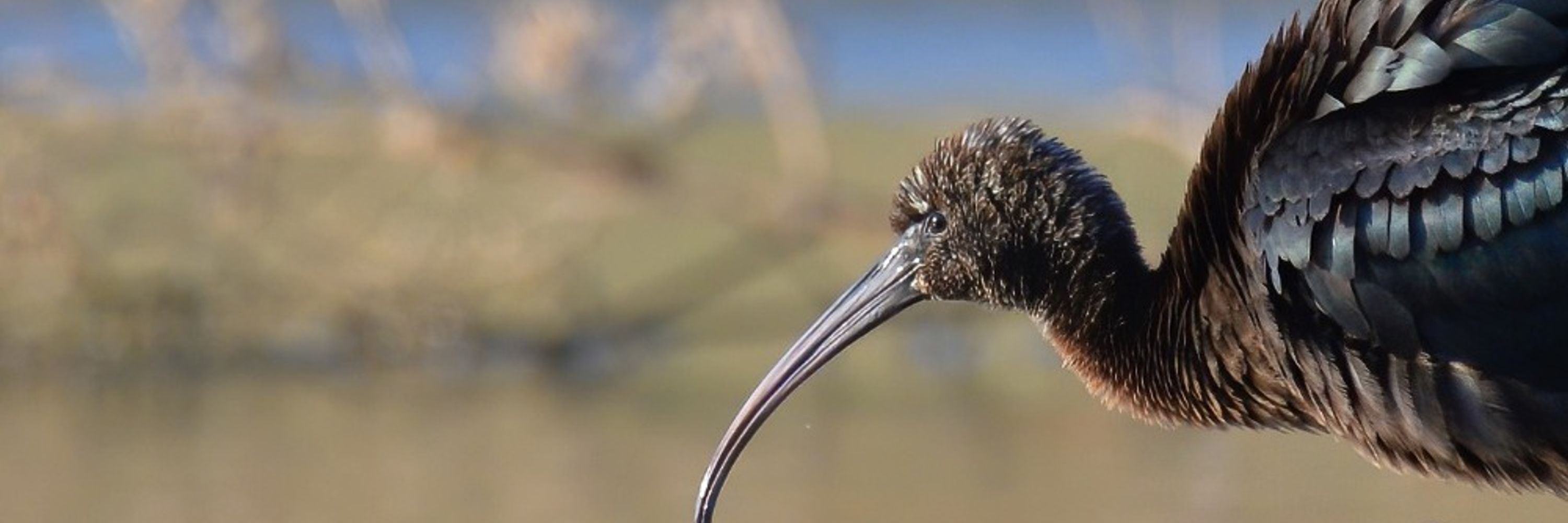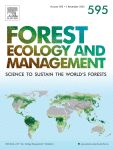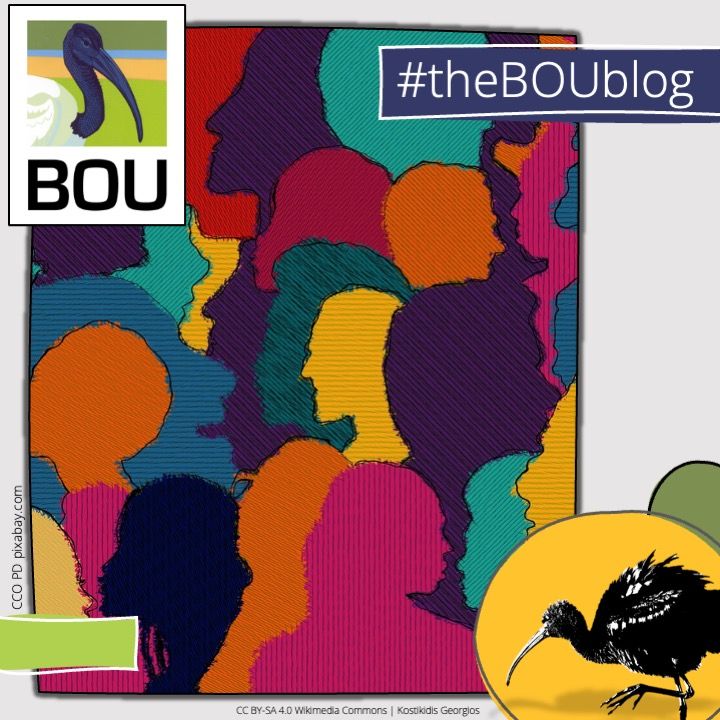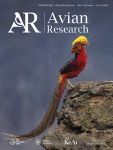BOU
@bou.org.uk
4.8K followers
170 following
3.3K posts
Publishing at the forefront of ornithology and driving SciComm on social media | Home of #theBOUblog | Upcoming events #BOUasm25 #BOU2026 #BOUasm26
Posts
Media
Videos
Starter Packs
BOU
@bou.org.uk
· 21h

Seasonal migration patterns of the Rufous-thighed Kite (Harpagus diodon)
The Rufous-thighed Kite (Harpagus diodon) is an insectivorous migratory raptor that breeds in the Atlantic Forest, Cerrado, Chiquitanía, and Southern Andean Yungas and primarily overwinters in the ...
www.tandfonline.com
BOU
@bou.org.uk
· 23h

DNA Identification of a Putative Hybrid Azure Tit × Blue Tit
Hybridization is an important factor in bird evolution. Distinguishing between hybrids and phenotypically aberrant individuals of one of the parental species can be challenging. Here, we use DNA sequencing of loci on chromosomes 2 and Z and the mitochondrial DNA to establish the status of a putative hybrid Azure Tit Cyanistes cyanus X Blue Tit Cyanistes caeruleus caught in Belgium in 2021. The genotype at each of these loci was a perfect match to Blue Tit. We therefore conclude that the bird was a genetically pure Blue Tit, despite its plumage being intermediate between Azure Tit and Blue Tit. We suggest records of Pleske's Tit lacking DNA information should be treated with caution.
doi.org
BOU
@bou.org.uk
· 1d
BOU
@bou.org.uk
· 1d

Spatial–Temporal Variation of Bird Roadkill Hotspots in the Brazilian Semi‐Arid Region
Birds are vulnerable to roadkill on highways. Understanding which factors may be associated with bird roadkill and the formation of roadkill hotspots is crucial for informing evidence-based mitigatio...
onlinelibrary.wiley.com
BOU
@bou.org.uk
· 1d

Breeding biology of the Pelagic Cormorant (Urile pelagicus) at Cape Peirce, Alaska
We studied the breeding biology of the Pelagic Cormorant (Urile pelagicus) around the Cape Peirce peninsula (58°32’N, 161°46’W) on the Bering Sea coast of Alaska, USA, in 1970 and 1973. Although ou...
www.tandfonline.com
BOU
@bou.org.uk
· 1d

Farming practices induce contrasted effects on parasitic infections in passerine birds in agricultural landscapes
Agricultural intensification has led to landscape changes and the extensive use of synthetic pesticides. Concurrently, a significant decline in biodiv…
www.sciencedirect.com
BOU
@bou.org.uk
· 2d

Assessing Habitat Suitability and Connectivity of Black Storks in China: Integrating Species Distribution Models and Landscape Connectivity Analysis
The black stork, a vital wetland species, is threatened by habitat fragmentation, with this study using the MaxEnt model to identify key habitats in North China, Xinjiang, and the Yangtze River Basin...
doi.org
BOU
@bou.org.uk
· 2d

Incorporating the full annual cycle when studying reproductive isolation and speciation
As individual tracking devices and year-round genetic sampling become more accessible, research on the historically understudied nonbreeding period has exploded in the past decade. These studies are ...
doi.org
BOU
@bou.org.uk
· 2d
Evolution of population‐specific migration routes in the great reed warbler Acrocephalus arundinaceus – evidence of a novel spring migration strategy - Bensch - 2025 - Journal of Avian Biology - Wiley Online Library
The migration patterns of birds breeding at high latitudes have undergone major changes during the Holocene, as species expanded from small refugia following the last glaciation. Unique features of...
doi.org
BOU
@bou.org.uk
· 2d

Shorebird abundance, migration phenology, and invertebrate prey availability at a mid-continental stopover site in Kentucky, USA
While often overlooked, permanent wetlands (e.g., lakes, rivers) can provide consistent stopover habitat for interior migrating shorebirds. We studied shorebird use and forage abundance during autu...
www.tandfonline.com
BOU
@bou.org.uk
· 3d
Assessing the impact of urbanization on wetland bird communities in Chilean Mediterranean coast | Urban Ecosystems
Understanding how biodiversity is changing is key to improving conservation actions and informing decision-making. Urbanization is a Major driver of biodiv
link.springer.com
BOU
@bou.org.uk
· 3d

Individual tracking of an arboreal rodent shows that predation on cavity-nesting birds is not incidental
European Journal of Wildlife Research - Nest predation is the leading cause of breeding failure in birds. A crucial aspect in predators’ foraging ecology is whether they depredate bird nests...
link.springer.com
BOU
@bou.org.uk
· 3d

Do human-modified landscapes influence composition and diversity of foraging guilds in mixed-species bird flocks in Wayanad, southern Western Ghats, India?
Foraging guild composition of mixed-species flocks were studied and compared between old-growth forests and selected human-modified landscapes with di…
www.sciencedirect.com












